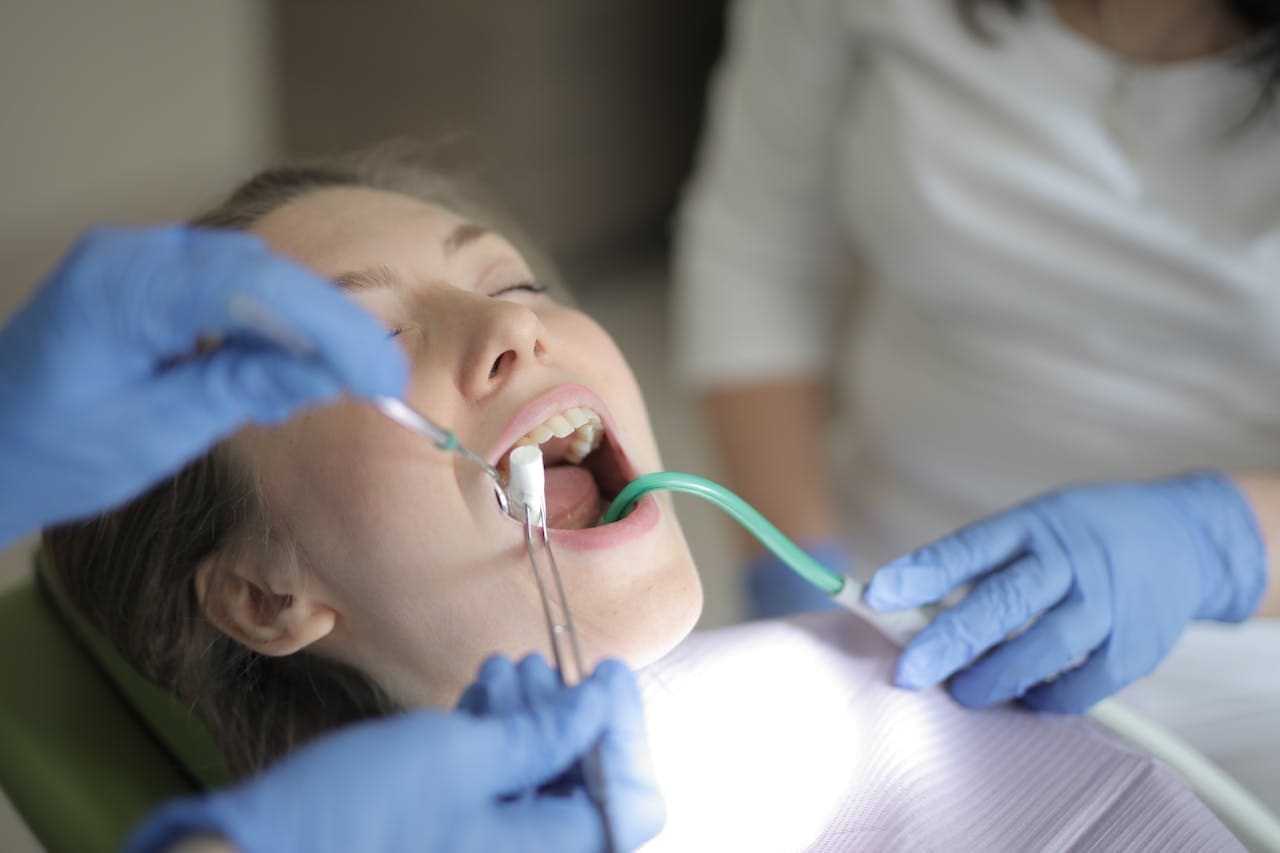Key Benefits of Porcelain Veneers
Porcelain veneers offer numerous advantages as a cosmetic dental solution, making them a popular choice for patients seeking to enhance their smiles:- Versatility: Porcelain veneers can be used to address a wide range of dental concerns, such as discoloration, chips, cracks, gaps between teeth, misalignments, and uneven tooth shape.
- Natural Look: Made from high-quality porcelain material, veneers mimic the natural translucency, color, and shine of natural teeth, resulting in a seamless integration with your existing smile.
- Stain-Resistance: Unlike natural enamel, porcelain veneers are resistant to staining from substances like coffee, tea, or red wine, ensuring that your enhanced smile remains vibrant and bright.
- Durability: With proper care, porcelain veneers can last up to 15 years or more, providing a long-term solution for your aesthetic dental concerns.
- Minimally Invasive: The porcelain veneer procedure requires minimal alteration to the natural tooth structure, preserving the health and integrity of your teeth.
The Porcelain Veneer Treatment Process
The process of receiving porcelain veneers typically involves several steps, ensuring a customized and successful smile-enhancing experience:- Consultation and Planning: During an initial consultation, your dentist will assess your dental needs, discuss your aesthetic goals, and determine if porcelain veneers are the right solution for you. They will take impressions of your teeth to create a customized treatment plan.
- Tooth Preparation: In order to accommodate the veneer, a small amount of your tooth’s enamel will be removed – typically about 0.5 millimeters. This ensures that the veneer will fit correctly and appear natural among the adjacent teeth. Temporary veneers may be placed while your permanent veneers are fabricated by a dental laboratory.
- Veneer Placement: Once your permanent veneers are ready, your dentist will remove the temporary veneers, and the surface of your teeth will be cleaned and roughened to promote adhesion. The veneers will be set in place using dental cement and adjusted for a perfect fit. A special curing light will be used to harden the cement, securing the veneers to your teeth.
- Post-Treatment Care: Your dentist will provide you with instructions on how to care for your veneers and may schedule a follow-up appointment to check on the fit and comfort.
Caring for Your Porcelain Veneers
To maintain the longevity and appearance of your porcelain veneers, follow these care tips:- Maintain Good Oral Hygiene: Brush your teeth at least twice a day with a soft-bristled toothbrush and fluoride toothpaste, and floss daily to keep your teeth and gums healthy.
- Schedule Regular Dental Checkups: Visiting your dentist for routine exams and cleanings helps ensure the health and longevity of your veneers, as well as your overall oral health.
- Avoid Damaging Habits: Refrain from using your teeth to open packages or bite hard objects, and avoid grinding your teeth, which can cause veneers to chip or crack.
- Wear a Mouthguard if Necessary: If you play contact sports or grind your teeth at night, be sure to wear a protective mouthguard to safeguard your porcelain veneers and natural teeth.
Porcelain Veneers vs. Dental Bonding
While both porcelain veneers and dental bonding can address similar cosmetic dental concerns, there are key differences between the two treatments:- Material: Porcelain veneers are made of a durable, high-quality porcelain, while dental bonding uses a composite resin material.
- Aesthetics: Porcelain veneers may offer a more natural and longer-lasting appearance when compared to dental bonding, as they are less prone to staining and provide a highly similar appearance to natural tooth enamel.
- Procedure Length: Dental bonding is typically a quicker procedure, often completed in one dental visit, whereas porcelain veneers require more than one appointment for tooth preparation and placement.
- Durability: Porcelain veneers are generally considered more durable, lasting up to 10-15 years with proper care, while dental bonding may need replacement or touch-ups more often – usually within 3-10 years.


